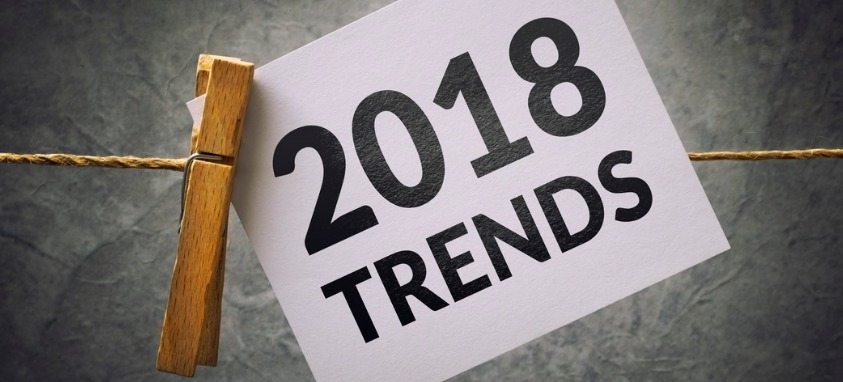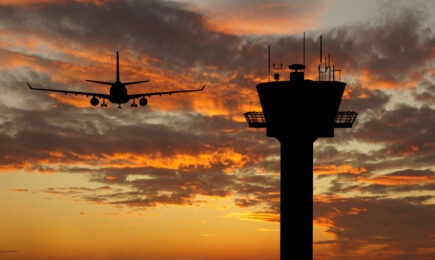In the face of constant change, the meetings industry is rolling with the punches and bouncing back. MPI gathered industry insights and compiled them into its quarterly Meetings Outlook report that went live Wednesday.
Here’s what you need to know.
Business Negotiations
Wipe that sweat off your brow; business is good right now for the meetings industry, and it’s expected to stay that way. A cool 66 percent of respondents predict favorable business conditions in the next year. In fact, respondents foresee a 2.8 percent growth over the next year. The statistic gleams with optimism compared to last year’s predicted growth of 1.6 percent.
More than half of respondents see a satisfying budget within reach. However, that doesn’t come without a few bumps.
Suppliers currently hold most of the cards. Sixty-seven percent of respondents say so. Contract negotiations are becoming increasingly difficult to navigate as the industry experiences interruptions from homesharing services, such as Airbnb, and sites like Trivago.
Homesharing services allow attendees to search for alternatives to room blocks agreed upon by the planner and the hotel. Therefore, planners can’t commit to hotels and, in consequence, are being charged higher rates that drain the budget. MPI reports that planners also see more stringent clauses for food and beverage service and attrition. Highly desired venues and destinations have been those most likely to keep a tight hold.
Both those with steady careers in the industry and those just starting out can beam with hope. The growth in full-time and part-time employment is at an all-time high since 2015. Full-time work has increased 42 percent, part-time, 36 percent and contract, 43 percent. No more than 12 percent of respondents see a decrease in work in all three categories.
A Virtual Embrace
Years ago, many planners thought the adoption of technology posed a threat to the industry. Some thought virtual meetings were going to swallow up face-to-face meetings completely. Now, as technology becomes more readily available, affordable and reliable, virtual meetings are more widely accepted.
However, 60 percent of professionals agree that virtual events have a positive effect on face-to-face meetings. For one, it taps into a fresh pot of revenue. Those who can’t attend in-person, can attend virtually. Or, they can sample what the event offers and then be more willing to go the next year. Twenty percent say they expect an increase of virtual events.
The obstacle planners must overcome is how to keep attendees engaged during these events. Planners in the report recommend giving attendees something to share—something that’s Instagrammable. An interesting backdrop or a decadent food wall are some examples.
Video quality expectations are also lower than years before. Live streaming services such as Facebook Live present a relaxed tone, allowing planners to share their story quickly on the move. You can keep recordings for future sharing to incentivize more traffic.
An interesting point in the report to note is that for the first time in three years, live attendance is expected to increase more than virtual. Although, the difference is a modest 0.1 percent (live attendance at 1.8 and virtual at 1.7 percent.)
Everything Experiential
The bulk of meeting and event professionals emphasize the need to incorporate experiential elements into an event. You no longer need to leave the building to be experiential, but the activities need to be interactive and prompt personal engagement. This trend can range from interactive keynotes to dining with food bars. If you harness the sensory memory, attendees will be more attentive.
“We’re not in the event planning business. We’re in the storytelling and memory making business,” Jason Allan Scott, a London-based keynote speaker and author, said in the report. “You need to attack every sense, understanding its memory-making potential.”




